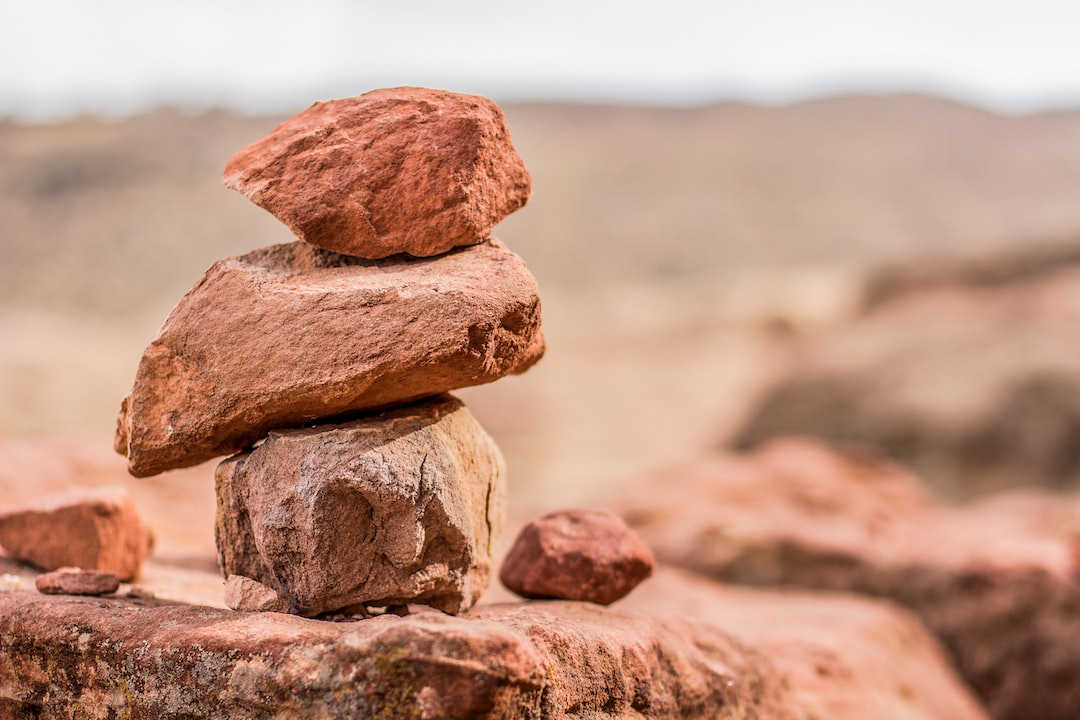The Art of Outdoor Navigation: Map Reading and GPS Basics
In today’s technological era, it’s easy to rely on our smartphones for every aspect of our lives, including navigation. However, there is a timeless art to navigating the great outdoors using maps and understanding GPS basics. Whether you’re an avid hiker, a cyclist, or simply someone who enjoys exploring the natural wonders of the world, mastering the art of outdoor navigation is a skill that can enhance your outdoor experiences and keep you safe. In this blog post, we’ll delve into the fundamentals of map reading and GPS, and how they work together to guide you through your outdoor adventures.
Map Reading: The Foundation of Navigation
Maps have been used for centuries as a reliable method of navigation. They provide a visual representation of the landscape you’re navigating, helping you understand the terrain, elevation changes, and landmarks along the way. To read a map effectively, you need to familiarize yourself with its key components.
1. Scale: The scale of a map determines the level of detail shown. It is essential to understand the scale to estimate distances accurately.
2. Legend: The legend or key on a map explains the symbols and colors used to represent various features such as roads, rivers, and topography. By understanding the legend, you can interpret the map accurately.
3. Contour Lines: Contour lines represent elevation changes on a map. By following these lines, you can anticipate steep inclines, hills, or valleys, enabling you to make informed decisions about your route.
4. Compass Rose: The compass rose on a map shows the orientation of the map in relation to the cardinal directions (north, south, east, west). This helps you align the map with the actual terrain and navigate accurately.
5. Grids: Grid lines on a map facilitate precise location identification by providing coordinates. Understanding grid coordinates enables you to navigate with greater accuracy.
With these key components in mind, reading a map becomes a second nature skill, allowing you to plan routes, select appropriate trails, and navigate safely in unfamiliar territories. But let’s not forget the modern-day marvel that has revolutionized outdoor navigation – the Global Positioning System (GPS).
GPS: The Modern Navigator’s Guide
The GPS system relies on a network of satellites orbiting the Earth, constantly transmitting signals to GPS receivers to determine their precise location. While GPS systems have become commonplace in cars and smartphones, they are also invaluable tools for outdoor enthusiasts.
Using a GPS device helps you track your location in real-time, making it easier to determine if you’re on the right path and providing accurate data on your speed, distance covered, and elevation. However, mastering the basics of GPS usage is crucial for a successful outdoor navigation experience.
1. Satellite Reception: To ensure accurate positioning, make sure your GPS device has an unobstructed view of the sky, as tall structures or dense foliage can interfere with satellite reception.
2. Waypoints: Waypoints are specific points along your route that you mark on your GPS device. By saving these waypoints, you can easily navigate a predetermined path or return to a familiar location.
3. Tracks: Tracks are digital breadcrumbs left by your GPS device as you move along your route. They create a trail of your movements, allowing you to retrace your steps or analyze your trip after the fact.
4. Mapping Software: Many GPS devices offer mapping software, allowing you to view your position on a digital map. Become familiar with this software to maximize the benefits of your GPS device.
5. Battery Management: The battery life of GPS devices varies. To ensure uninterrupted navigational assistance, it’s crucial to manage your device’s battery carefully, carrying extra batteries or a portable charger if needed.
Map Reading + GPS: A Powerful Combination
While both map reading and GPS can be used independently, combining these techniques provides the greatest advantage when navigating the outdoors. By understanding the fundamentals of map reading and mastering the basics of GPS usage, you can leverage the strengths of both methods, enhancing your navigation capabilities and improving overall safety.
When planning your outdoor adventure, start by studying your intended route on a map, noting key landmarks, topography, and potential obstacles along the way. Use the map to estimate distances, plan rest stops or campsites, and gain a comprehensive understanding of the area you’ll be exploring.
Once on the trail, utilize GPS to track your progress in real-time. Compare your location with the map, ensuring you’re on the correct path and adjusting your route accordingly if needed. GPS can verify your position, alert you if you’ve veered off course, and even guide you back when necessary.
In conclusion, the art of outdoor navigation is a skill that can be honed through a combination of map reading and GPS usage. While technology continues to advance, maps and GPS devices remain indispensable tools for outdoor enthusiasts. By mastering these fundamentals, you’ll be equipped to navigate confidently through uncharted territories, ensuring memorable and safe adventures in the great outdoors.

